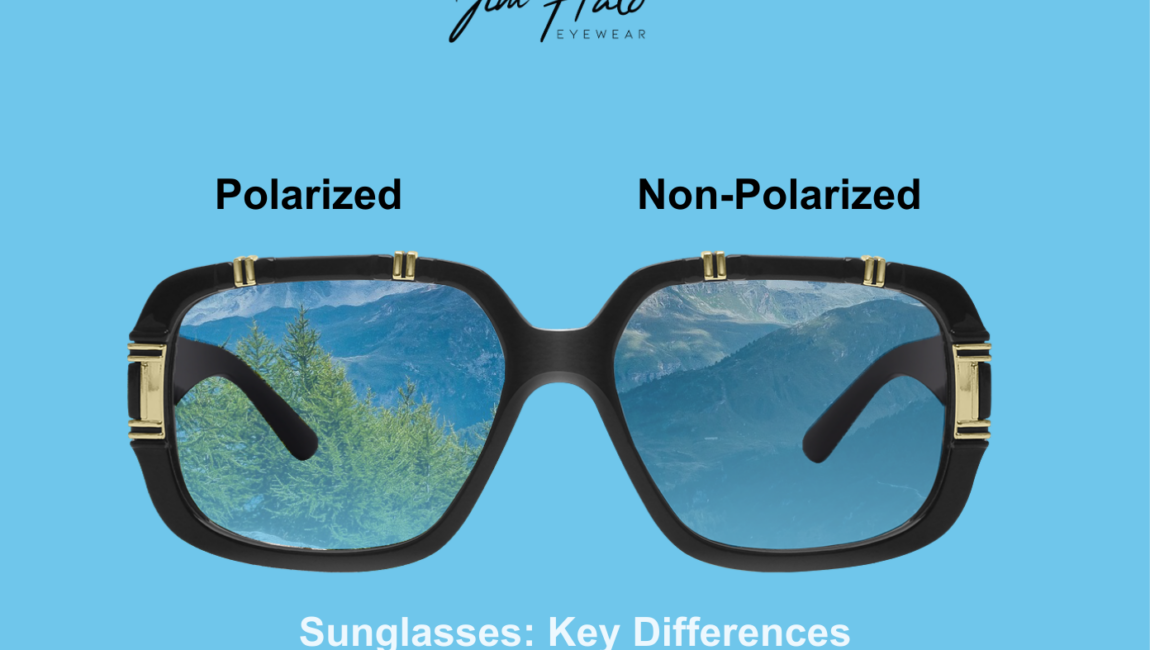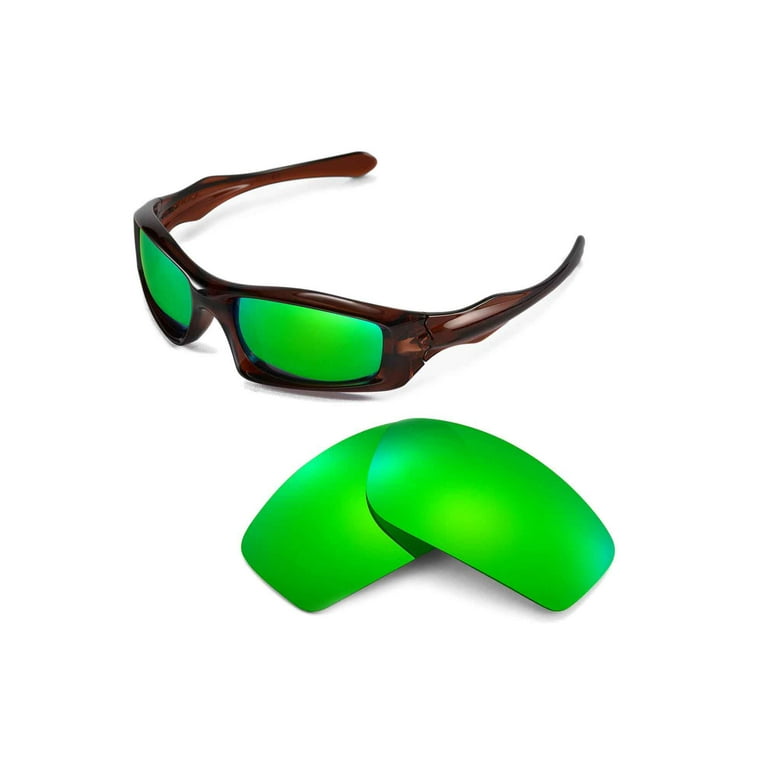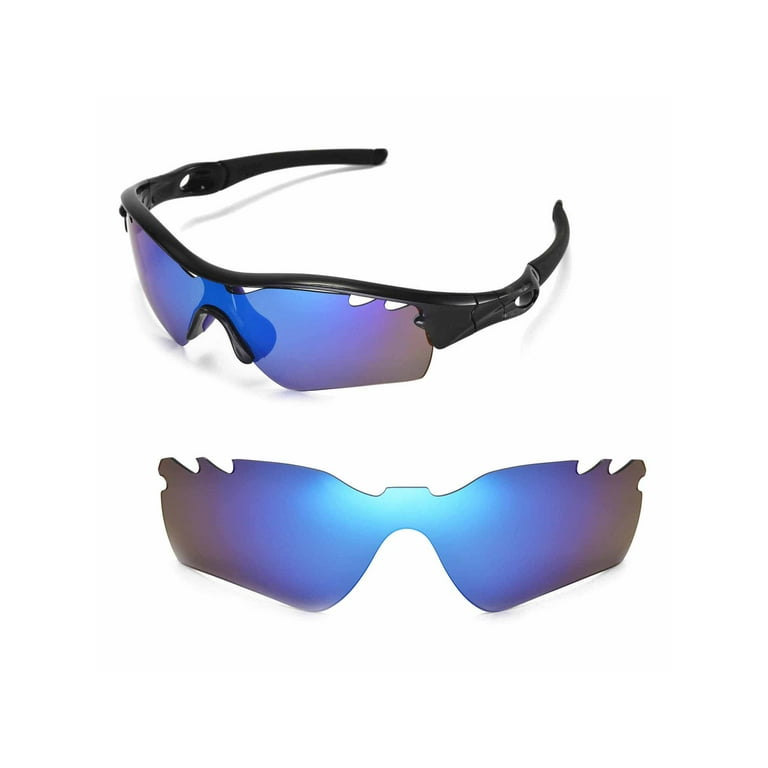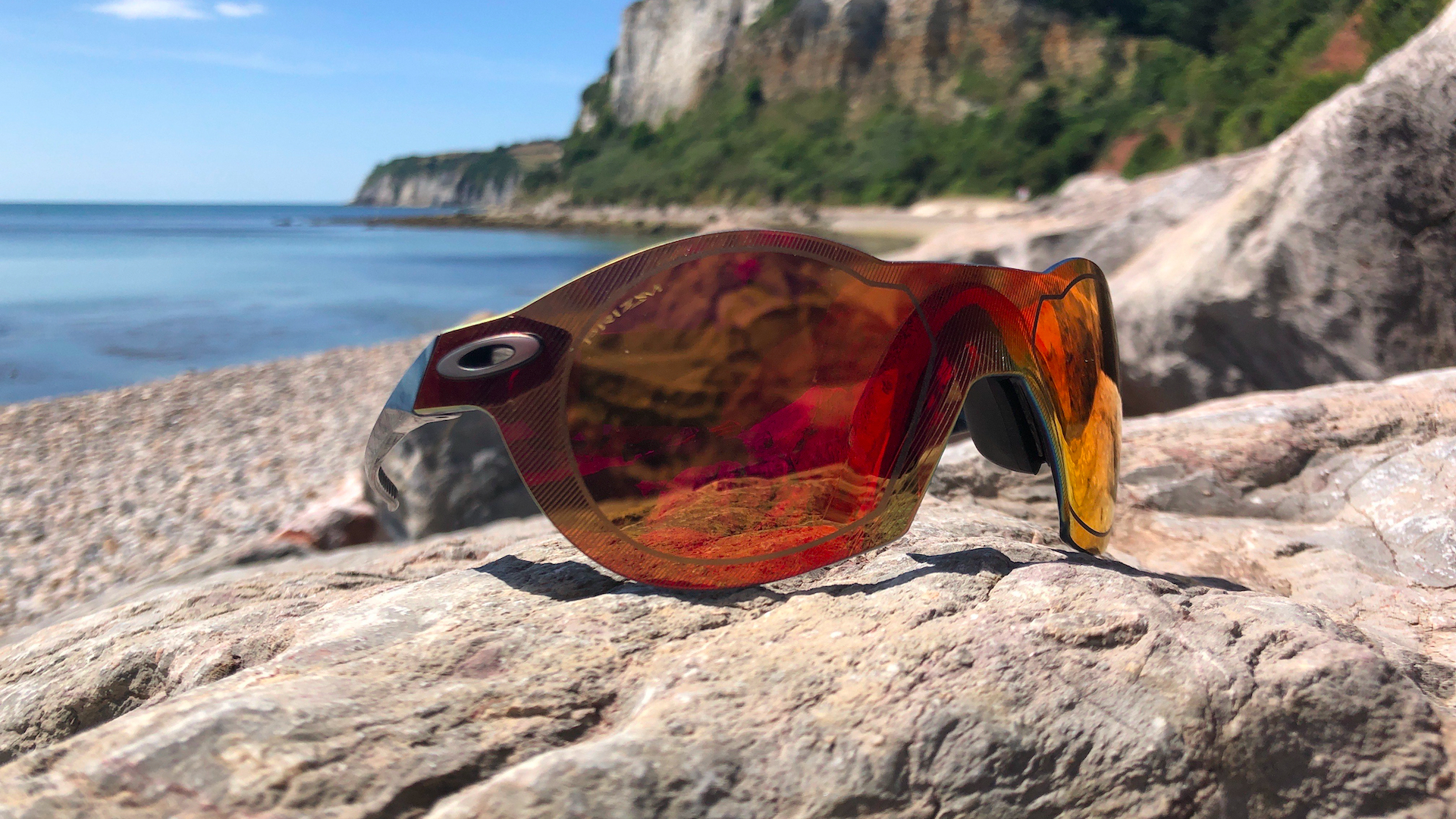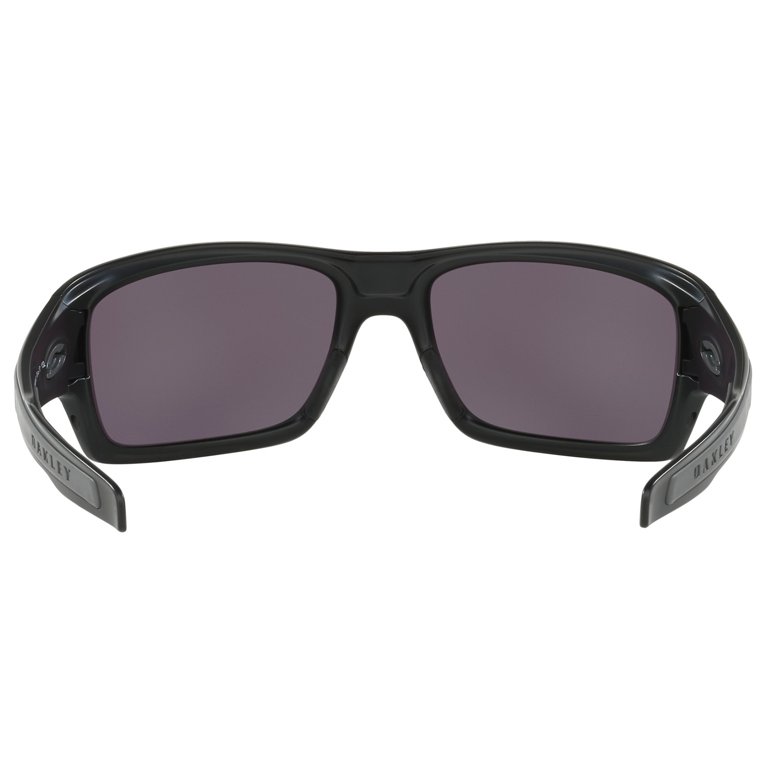Polarized Vs Non Polarized Sunglasses Oakley

Imagine yourself standing on a sun-drenched beach, the ocean shimmering like a thousand diamonds. The glare bounces off the water, making it difficult to see clearly, let alone enjoy the breathtaking view. You reach for your sunglasses, but are they truly up to the task? This scenario highlights a crucial question for anyone spending time outdoors: are your sunglasses polarized, and does it even matter?
The ongoing debate between polarized and non-polarized sunglasses, especially when it comes to premium brands like Oakley, isn’t just about style; it’s about optical performance and visual comfort. Choosing the right lens can significantly enhance your outdoor experiences, offering superior clarity and protection depending on your needs and activities.
The Science Behind the Lens
Polarized lenses are designed to filter out horizontal light waves, which are responsible for glare. This glare is typically reflected off surfaces like water, snow, and roads. By blocking this horizontal light, polarized lenses reduce eye strain and improve visibility in bright conditions.
Non-polarized lenses, on the other hand, reduce overall brightness but don't specifically target glare. They simply dim the intensity of all light wavelengths entering the eye, offering basic sun protection.
Oakley's Approach to Lens Technology
Oakley has consistently been at the forefront of eyewear innovation. They offer both polarized and non-polarized lenses, each crafted with meticulous attention to detail and optical precision.
Their polarized lenses often incorporate proprietary technologies to ensure minimal distortion and maximum clarity, while their non-polarized options prioritize versatility and impact resistance. According to Oakley's official statements, their Plutonite lens material blocks 100% of all UVA, UVB, UVC and harmful blue light up to 400nm, irrespective of polarization.
Choosing the Right Lens for Your Lifestyle
The best choice between polarized and non-polarized Oakley sunglasses often depends on your specific activities. For activities like fishing, boating, or driving, polarized lenses can be a game-changer, eliminating glare and improving depth perception.
However, polarized lenses can sometimes interfere with viewing LCD screens, making them less ideal for pilots or operators of certain heavy machinery. Some wearers find the distortion unpleasant. Non-polarized lenses are often preferred for activities where accurate screen visibility is critical.
Beyond functionality, personal preference plays a key role. Some individuals simply find polarized lenses more comfortable for their eyes, while others prefer the consistent light reduction offered by non-polarized options.
"Ultimately, the best lens is the one that provides the most comfortable and effective vision for the individual user and their specific needs," states an Oakley representative in a product information sheet.
Beyond Polarization: Other Considerations
While polarization is a significant factor, other aspects of Oakley sunglasses should also be considered. These include lens color, frame style, and overall fit.
Lens color can impact contrast and color perception, with different tints optimized for various environments. Frame style should complement your face shape and provide adequate coverage, protecting your eyes from peripheral sunlight.
Finally, ensuring a comfortable and secure fit is crucial for long-term wear. Properly fitted sunglasses will stay in place during activity and minimize pressure points.
In conclusion, the choice between polarized and non-polarized Oakley sunglasses is a personal one, dependent on individual needs and preferences. While polarized lenses excel at reducing glare and enhancing clarity in specific situations, non-polarized lenses offer versatile sun protection. By understanding the nuances of each lens type and considering your lifestyle, you can find the perfect pair to elevate your outdoor experience and protect your vision.
